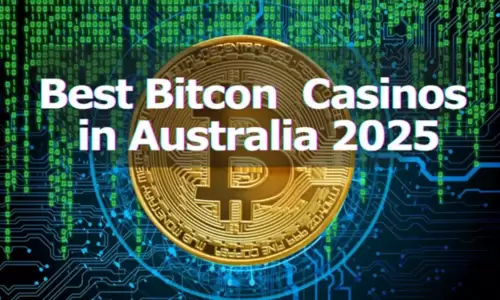 |
|
 |
|
 |
|
 |
|
 |
|
 |
|
 |
|
 |
|
 |
|
 |
|
 |
|
 |
|
 |
|
 |
|
 |
|
Cryptocurrency News Articles
Base, a Coinbase-Backed Ethereum Layer 2 (L2) Network, Hits Stage 1 Decentralization
May 09, 2025 at 10:09 am
That’s massive in an ecosystem where most L2s are still clinging to centralized control. Better yet, this move has sparked wild chatter about a Base token.
On April 29, 2025, Base, a Coinbase-backed Ethereum layer 2 (L2) network, announced that it had hit Stage 1 decentralization.
This is huge in an ecosystem where most L2s are still focused on centralized control, and it has sparked chatter about a Base token.
Here’s why people are discussing a possible Base token and what it could mean for the L2.
What Are Ethereum L2s?
Ethereum L2s, such as Base, Optimism, and Arbitrum, aim to make Ethereum faster and cheaper by handling transactions off-chain while keeping data on-chain.
However, most L2s are more centralized than you might expect for a blockchain. According to L2Beat data, only a handful of L2s have moved beyond Stage 0, where a single sequencer controls everything.
Centralized sequencers can pose problems as they have the power to censor transactions, delay them, or even roll them back if they wish.
This isn't quite the decentralized dream Satoshi Nakamoto envisioned in his Bitcoin whitepaper. Ethereum was created as an upgrade to Bitcoin, offering the capability to build other chains (L2s) on top of it.
Ethereum co-founder Vitalik Buterin has been pushing for L2s to advance further. In a September 2024 X post, Buterin stated that he will no longer hype any L2s that haven't reached at least Stage 1 in 2025.
He will also highlight specific L2s that are making "notable progress" in an attempt to spark friendly competition and encourage innovation.
L2s are a hot topic in 2024 with institutions like Coinbase and Microsoft entering the space. Buterin's threat to ignore L2s that aren't progressing seems to have lit a fire under them.
Out of the 62 roll ups that L2Beat tracks, nine have reached at least this level of decentralization.
Stage 1 decentralization, according to Buterin's rollup roadmap, is the middle step where anyone can trigger fault proofs and significant protocol changes must be signed off by a distributed group rather than a single authority.
Shifting From a Single-Operator Model
With this milestone, Base is moving away from a single-operator model, reducing the potential failure points in transaction validation and upgrade governance.
The team says this step will boost reliability for developers, strengthen network resilience, and invite a wider array of participants to help secure the chain.
This move is a huge win for security and trust, giving developers more confidence to build on Base without fear of sudden rule changes. It's also a step toward a more vibrant and decentralized ecosystem.
Why should you care? Decentralization is the backbone of blockchain, ensuring that no one can mess with your transactions or hold your funds hostage.
For L2s, moving away from centralized sequencers reduces risks like censorship or hacks. It's like upgrading from a single lock on your door to a full-on security system.
Plus, decentralized L2s are more attractive to developers who want to build dApps and users who want fast, cheap, and secure transactions.
This milestone puts Base halfway to the finish line, and the crypto community is already thinking ahead.
What About a Base Token?
People are discussing a possible Base token, especially in the context of Stage 2. To reach this stage, Base needs to open up transaction sequencing to third parties, according to Vitalik's framework.
These sequencers would be responsible for processing and ordering transactions and would need to be compensated for their work.
However, paying them in ETH or stablecoins might not be enough to attract a sufficient number of sequencers, especially as other blockchains offer their own tokens to incentivize participation in their ecosystems.
A native Base token could help align incentives, simplify governance, and energize the community.
By offering sequencers token rewards, Base would attract a diverse and motivated set of validators, ensuring smoother transaction ordering and stronger network security.
Token-based voting would replace cumbersome multisig proposals, making decisions—such as assigning sequencer roles or rolling out protocol upgrades—more efficient and transparent.
Plus, a token launch usually comes with the excitement of an airdrop, a proven way to rally crypto enthusiasts, boost adoption, and keep Base at the center of the conversation.
While no token has been confirmed yet, the logic is clear. Stage 2's open sequencing model, which is crucial for L2s to thrive in the long term, practically calls for a token to keep things running smoothly and attract the necessary participants.
Disclaimer:info@kdj.com
The information provided is not trading advice. kdj.com does not assume any responsibility for any investments made based on the information provided in this article. Cryptocurrencies are highly volatile and it is highly recommended that you invest with caution after thorough research!
If you believe that the content used on this website infringes your copyright, please contact us immediately (info@kdj.com) and we will delete it promptly.



























































